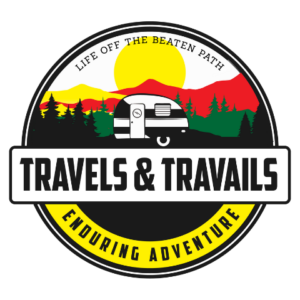I love free dispersed camping. I prefer it over campgrounds because of the solitude and quiet dispersed camping provides. And it doesn’t hurt that it’s free. If you’re like I was, you’re probably wondering which states have the most dispersed camping.
The top states for free dispersed camping are Arizona, California, and Colorado. These states have a variety of public lands, such as National Forests and Bureau of Land Management (BLM) lands, which often allow for dispersed camping and boondocking.
Read on to find out about dispersed camping in these states.
Arizona
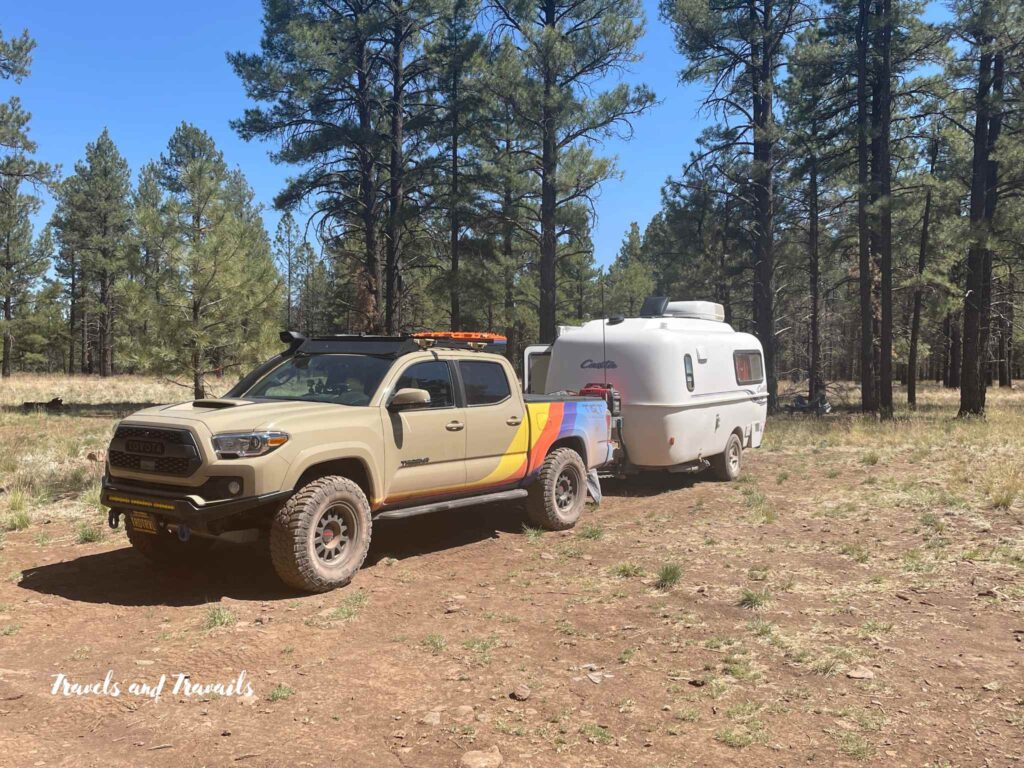
If you’re looking for a unique camping experience in Arizona, dispersed camping might be just what you’re looking for. Dispersed camping, also known as boondocking, involves camping in undeveloped areas on public lands managed by the Bureau of Land Management (BLM) or the United States Forest Service (USFS).
Arizona has numerous opportunities for dispersed camping, with vast tracts of BLM and USFS land available for use. Many of these areas offer stunning scenery, including mountains, canyons, and desert landscapes, and are home to a variety of wildlife.
When you think about camping in Arizona, I imagine that arid deserts probably come to mind. But did you know that there are dispersed camping locations in the mountains of the Arizona National Forest? Choose one of these campsites and you’ll be surrounded by pine and other coniferous trees. In addition, there are streams and lakes that make for beautiful camping areas.
Here are the National Forests in Arizona:
- Apache-Sitgreaves National Forest: Located in eastern Arizona, this National Forest covers over 2 million acres and includes the Mogollon Rim and White Mountains.
- Coconino National Forest: Located in northern Arizona, this National Forest covers over 1.8 million acres and includes the red rock formations of Sedona and the San Francisco Peaks.
- Coronado National Forest: Located in southeastern Arizona and southwestern New Mexico, this National Forest covers over 1.7 million acres and includes the Santa Catalina, Rincon, and Huachuca Mountains.
- Kaibab National Forest: Located in northern Arizona, this National Forest covers over 1.6 million acres and includes the North Rim of the Grand Canyon.
- Prescott National Forest: Located in central Arizona, this National Forest covers over 1.2 million acres and includes the Bradshaw Mountains and Granite Mountain.
- Tonto National Forest: Located in central Arizona, this National Forest covers over 2.9 million acres and includes the Superstition Mountains and the Salt River Canyon.
If you’re looking for more of the traditional-style Southwestern type of camping, there are many areas to camp in the Bureau of Land Management. Here are the BLM areas in Arizona:
- Agua Fria National Monument: Located north of Phoenix, this BLM area covers over 70,000 acres and includes ruins of prehistoric cultures.
- Ironwood Forest National Monument: Located west of Tucson, this BLM area covers over 129,000 acres and is home to the densest concentration of ironwood trees in the world.
- Sonoran Desert National Monument: Located south of Phoenix, this BLM area covers over 496,000 acres and is home to diverse wildlife and plant species.
- Vermilion Cliffs National Monument: Located in northern Arizona, this BLM area covers over 293,000 acres and includes stunning cliffs and canyons.
- San Pedro Riparian National Conservation Area: Located southeast of Tucson, this BLM area covers over 57,000 acres and is home to a diverse array of plant and animal species.
- Lake Havasu Field Office: Located in western Arizona, this BLM area includes over 1.4 million acres of land, including the popular Lake Havasu recreation area.
California
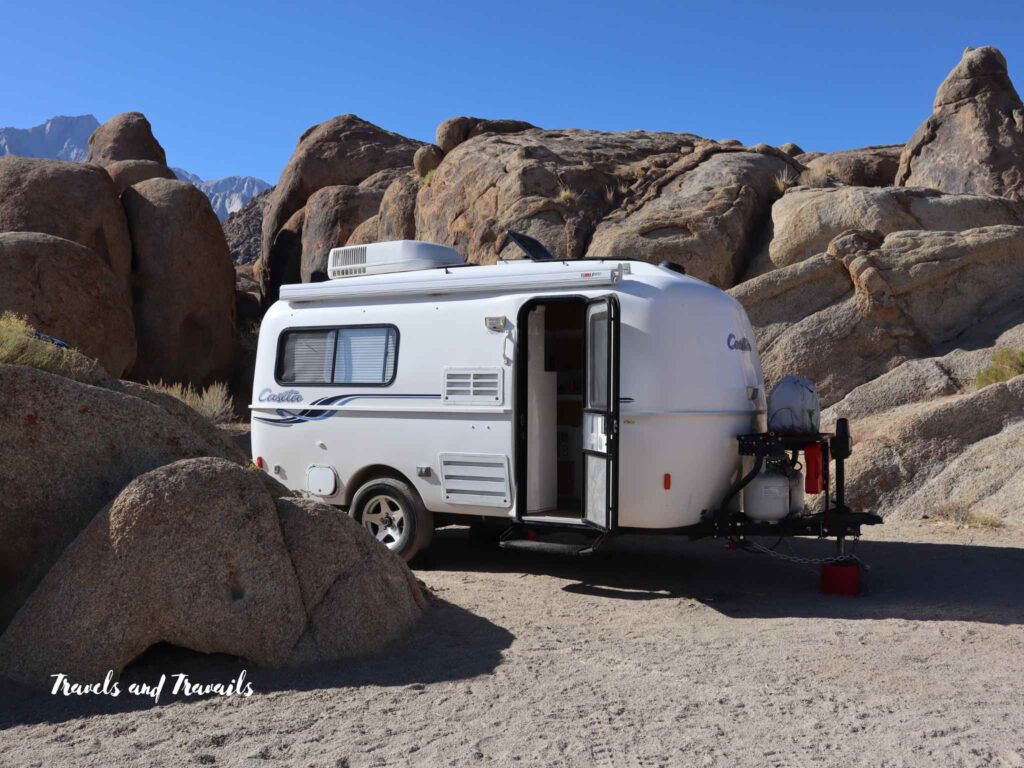
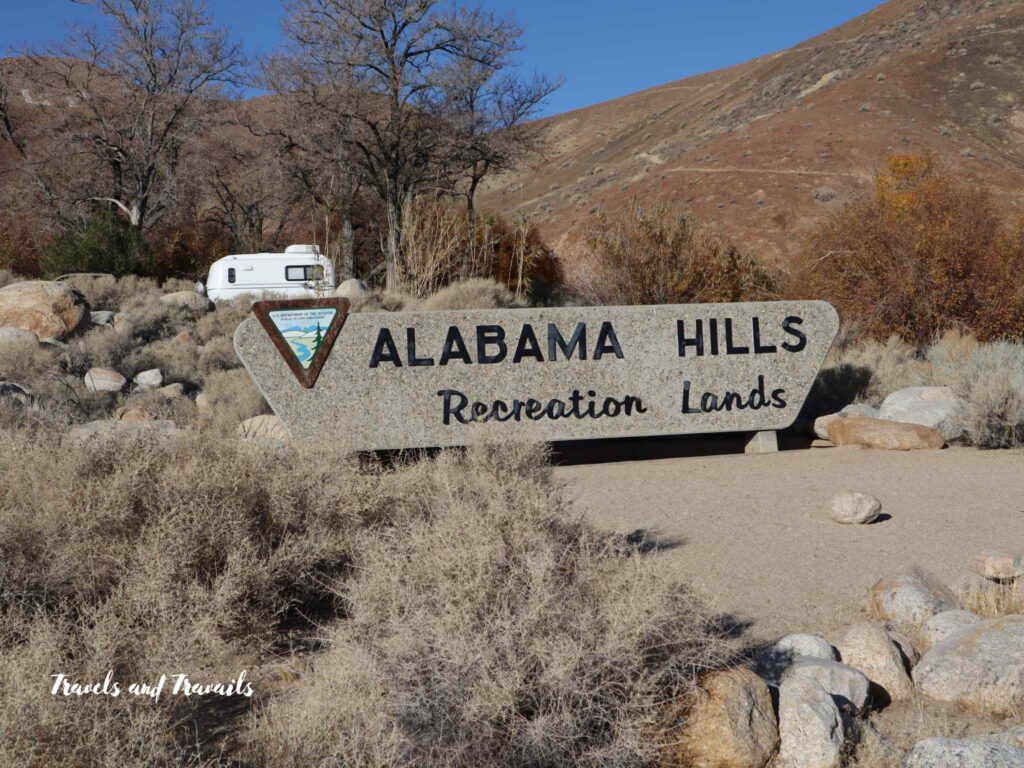
Like Arizona, California has both arid and temperate areas for dispersed camping. Did you know that you can disperse camp in some areas in Death Valley National Park? In addition, you can disperse camp in the National Forest and BLM. Most BLM locations are arid desert areas, however, BLM manages forests in areas such as the Sierra Nevada and the Klamath Mountains.
National Forests in California
There are 18 National Forests located in California:
- Angeles National Forest: Located in southern California, this National Forest covers over 700,000 acres and includes the San Gabriel Mountains.
- Cleveland National Forest: Located in southern California, this National Forest covers over 460,000 acres and includes the Palomar and Laguna Mountains.
- Eldorado National Forest: Located in northern California, this National Forest covers over 600,000 acres and includes the Sierra Nevada Mountains.
- Inyo National Forest: Located in eastern California, this National Forest covers over 2 million acres and includes the White Mountains and the eastern Sierra Nevada Mountains.
- Klamath National Forest: Located in northern California, this National Forest covers over 1.7 million acres and includes the Trinity Alps and the Marble Mountains.
- Lake Tahoe Basin Management Unit: Located in northern California, this National Forest covers over 150,000 acres around Lake Tahoe.
- Lassen National Forest: Located in northern California, this National Forest covers over 1 million acres and includes Lassen Peak, a volcano.
- Los Padres National Forest: Located in central California, this National Forest covers over 1.75 million acres and includes the Santa Ynez Mountains and the Big Sur coast.
- Mendocino National Forest: Located in northern California, this National Forest covers over 900,000 acres and includes the Snow Mountain Wilderness.
- Modoc National Forest: Located in northeastern California, this National Forest covers over 1.6 million acres and includes the Warner Mountains.
- Plumas National Forest: Located in northern California, this National Forest covers over 1.2 million acres and includes the Feather River Canyon.
- San Bernardino National Forest: Located in southern California, this National Forest covers over 660,000 acres and includes the San Bernardino Mountains.
- Sequoia National Forest: Located in central California, this National Forest covers over 1.1 million acres and includes the Giant Sequoia National Monument.
- Shasta-Trinity National Forest: Located in northern California, this National Forest covers over 2.1 million acres and includes the Trinity Alps and Mount Shasta.
- Sierra National Forest: Located in central California, this National Forest covers over 1.3 million acres and includes the Kings Canyon and Sierra Nevada Mountains.
- Six Rivers National Forest: Located in northern California, this National Forest covers over 1.1 million acres and includes the Smith River and Klamath Mountains.
- Stanislaus National Forest: Located in central California, this National Forest covers over 898,000 acres and includes the Sierra Nevada Mountains.
- Tahoe National Forest: Located in northern California, this National Forest covers over 870,000 acres and includes the Yuba River and the northern Sierra Nevada Mountains.
BLM in California
There are many Bureau of Land Management (BLM) areas located in California. Here are some of the notable BLM areas in California:
- Alabama Hills Recreation Area: Located in eastern California, this BLM area covers over 30,000 acres and is a popular location for hiking, rock climbing, and photography.
- Carrizo Plain National Monument: Located in central California, this BLM area covers over 200,000 acres and is home to diverse wildlife and plant species, including the threatened San Joaquin kit fox.
- Fort Ord National Monument: Located on the central coast of California, this BLM area covers over 14,000 acres and is a popular location for hiking, mountain biking, and wildlife viewing.
- Imperial Sand Dunes Recreation Area: Located in southeastern California, this BLM area covers over 160,000 acres and is a popular location for off-road vehicle use.
- King Range National Conservation Area: Located in northern California, this BLM area covers over 60,000 acres and includes the King Range mountains and the Lost Coast.
- Mojave Trails National Monument: Located in southeastern California, this BLM area covers over 1.6 million acres and includes the Mojave Desert and the historic Route 66.
- Piedras Blancas Light Station Outstanding Natural Area: Located on the central coast of California, this BLM area includes the historic Piedras Blancas lighthouse and is home to diverse wildlife, including elephant seals.
- Red Hills Area of Critical Environmental Concern: Located in northern California, this BLM area covers over 7,000 acres and is home to rare plant species.
- Santa Rosa and San Jacinto Mountains National Monument: Located in southern California, this BLM area covers over 280,000 acres and includes the Santa Rosa and San Jacinto Mountains.
Colorado
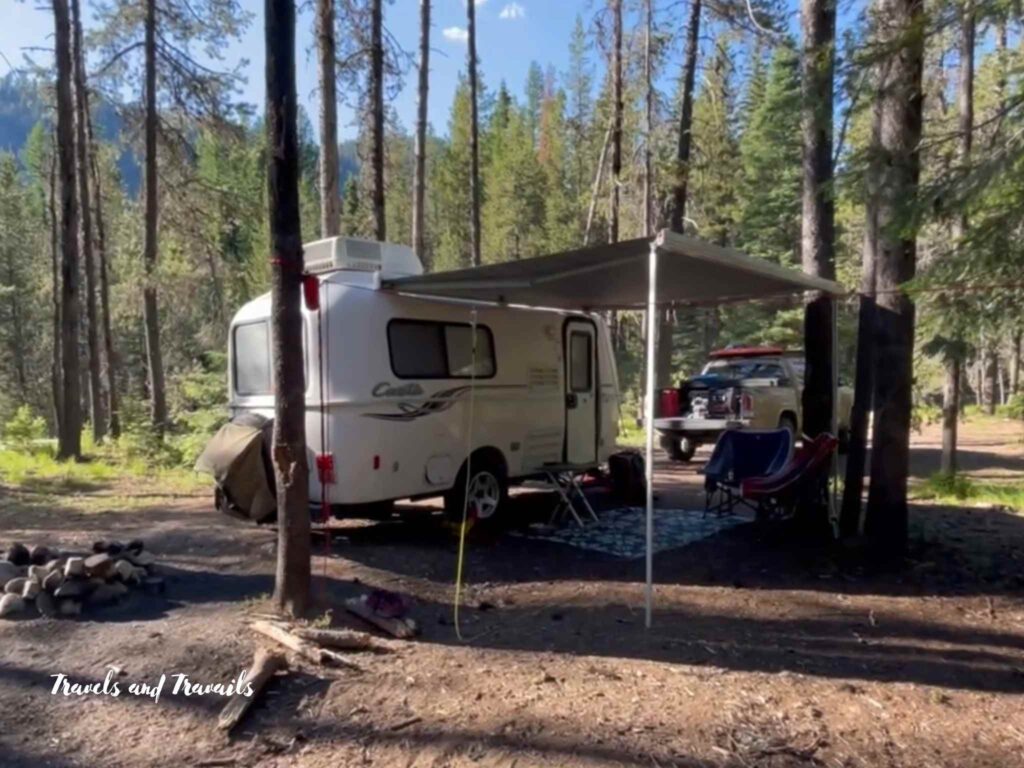
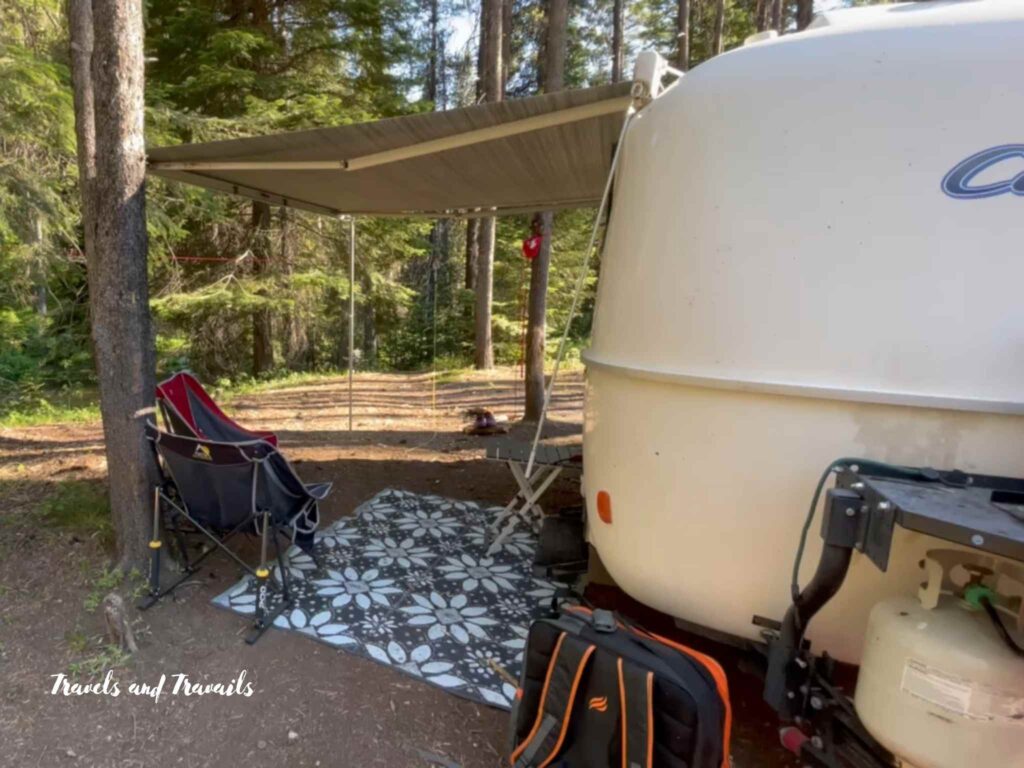
Colorado has some of the most beautiful forests. While I normally think of BLM as desert areas, there are also some forested areas of BLM land in Colorado. For example, the Gunnison Field Office and the Colorado River Valley Field Office both manage forested lands in the West Elk Mountains and the Flat Tops, respectively.
National Forest in Colorado
- Arapaho National Forest: Located in north-central Colorado, the Arapaho National Forest offers outdoor enthusiasts a variety of recreational opportunities, including hiking, camping, fishing, and winter sports.
- Grand Mesa, Uncompahgre, and Gunnison National Forests: Located in western Colorado, these three national forests are managed as one unit and offer visitors scenic drives, camping, fishing, hiking, and hunting opportunities.
- Pike and San Isabel National Forests and Cimarron and Comanche National Grasslands: Located in central Colorado, these national forests offer visitors the opportunity to hike, fish, camp, and ski.
- Rio Grande National Forest: Located in southern Colorado, the Rio Grande National Forest offers visitors scenic drives, camping, fishing, and hiking opportunities, as well as winter sports.
- Roosevelt National Forest: Located in north-central Colorado, the Roosevelt National Forest is home to diverse wildlife and offers visitors the opportunity to hike, camp, fish, and hunt.
- Medicine Bow-Routt National Forests and Thunder Basin National Grassland: Located in northwestern Colorado, these national forests offer visitors scenic drives, hiking, camping, fishing, and winter sports.
- San Juan National Forest: Located in southwestern Colorado, the San Juan National Forest offers visitors scenic drives, camping, fishing, hiking, and winter sports.
- White River National Forest: Located in central Colorado, the White River National Forest is the most visited national forest in the state and offers visitors a wide variety of recreational opportunities, including hiking, camping, fishing, and winter sports.
- Gunnison National Forest: Located in western Colorado, the Gunnison National Forest offers visitors the opportunity to hike, camp, fish, and hunt.
- Black Hills National Forest: Located in northeastern Wyoming and southwestern South Dakota, the Black Hills National Forest extends into Colorado and offers visitors scenic drives, hiking, camping, fishing, and winter sports.
- Nebraska National Forest: Located in north-central Colorado and southwestern Nebraska, the Nebraska National Forest offers visitors the opportunity to hike, camp, fish, and hunt.
BLM in Colorado
- Royal Gorge Field Office: Located in central Colorado, this BLM office manages lands around the Arkansas River and the Royal Gorge. Visitors can enjoy hiking, camping, fishing, and whitewater rafting in the area.
- Uncompahgre Field Office: Located in western Colorado, this BLM office manages lands in the Uncompahgre Plateau and surrounding areas. Visitors can enjoy hiking, camping, and hunting in the area.
- Tres Rios Field Office: Located in southwestern Colorado, this BLM office manages lands around the Dolores River and the San Juan Mountains. Visitors can enjoy hiking, camping, fishing, and hunting in the area.
- Little Snake Field Office: Located in northwestern Colorado, this BLM office manages lands around the Yampa River and the Little Snake River. Visitors can enjoy hiking, camping, fishing, and hunting in the area.
- Kremmling Field Office: Located in north-central Colorado, this BLM office manages lands around the Colorado River and the Gore Range. Visitors can enjoy hiking, camping, fishing, and hunting in the area.
- Grand Junction Field Office: Located in western Colorado, this BLM office manages lands around the Colorado River and the Book Cliffs. Visitors can enjoy hiking, camping, fishing, and hunting in the area.
- Gunnison Field Office: Located in central Colorado, this BLM office manages lands around the Gunnison Gorge and the West Elk Mountains. Visitors can enjoy hiking, camping, fishing, and hunting in the area.
- Colorado River Valley Field Office: Located in western Colorado, this BLM office manages lands around the Colorado River and the Flat Tops. Visitors can enjoy hiking, camping, fishing, and hunting in the area.
If you’re looking for campsites, read the article that I wrote about how to find dispersed campsites. If you’re confused about what type of camping is legal, read this article.
Conclusion
Camping on a budget doesn’t have to be a daunting task, as there are plenty of options for free dispersed camping available throughout the United States. From the mountains of Colorado to the deserts of Arizona and the forests of California, there are numerous opportunities to experience the great outdoors without breaking the bank. While it’s important to do your research and be prepared when camping on public lands, with a little planning and a spirit of adventure, you can enjoy the beauty of nature without spending a lot of money. So pack up your tent, sleeping bag, and sense of adventure, and hit the road to explore the best states for free dispersed camping.
